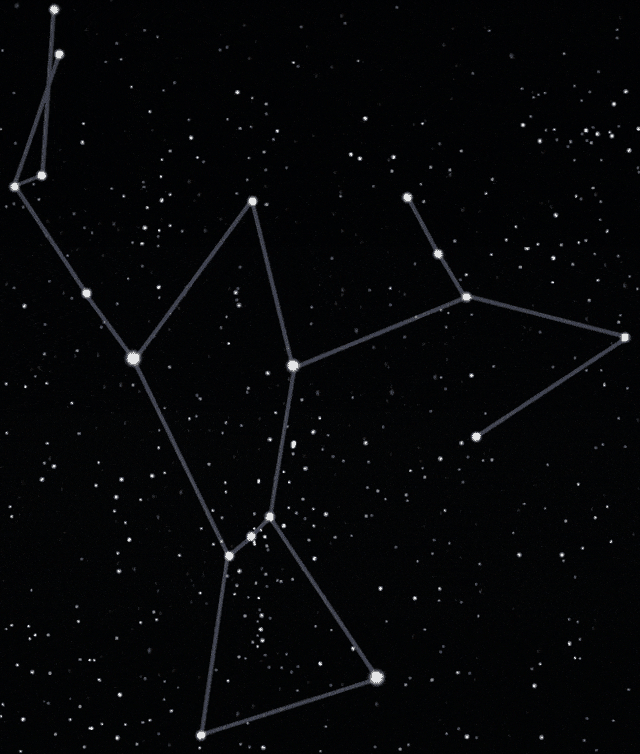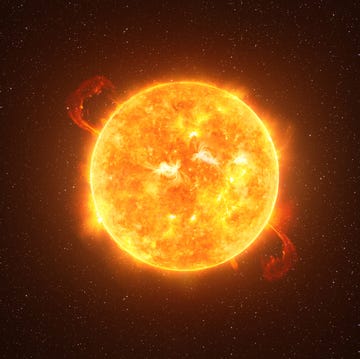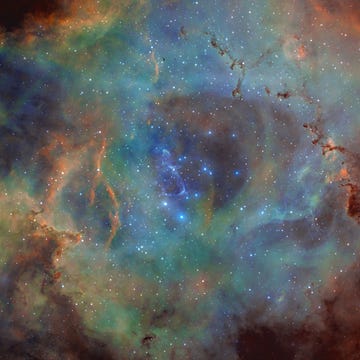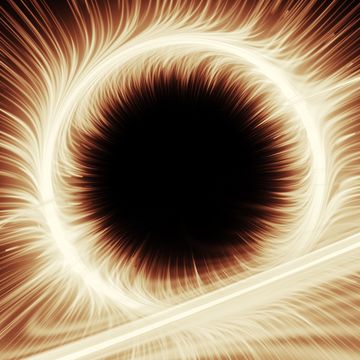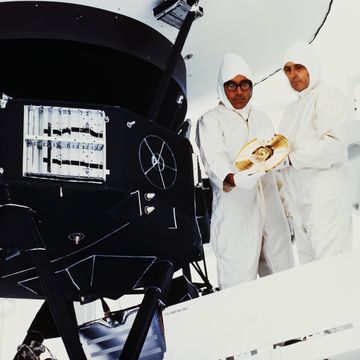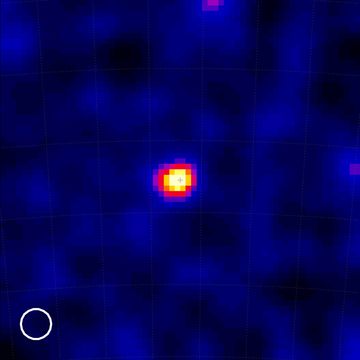In the brief little blip of a human lifespan, the stars seem unchanging. While even the oldest possible star chart we know of is over 32,000 years old, it still shows a constellation that looks remarkably like Orion.
But the basic fact is that the stars, much like our own planet and sun and everything else in universe, are constantly moving, even if that movement can take tens of thousands of years to become apparent. The above GIF shows how the Big Dipper, perhaps the most recognizable constellation in the sky, has changed over the past 100,000 years and will change over the next 100,000.
The time spans involved resists most of our basic conceptions of civilization or human memory. Even if you take a neolithic 30,000 BCE mammoth tusk as being our earliest star chart, the Big Dipper still looks a lot like the Big Dipper. But if humans manage to stick around the Big Dipper will become first become something more like a small ladle—its main stars shallowing out over thousand of years—and if we make it to 98,000 CE, the Big Dipper starts to look more like a large kitchen knife.
This is partly because the stars that make up the Big Dipper are relatively close to Earth—most are only 100 light years away, so their movement is more apparent. Other constellations that are further away will still change greatly over 100,000 years—Orion, via Wired, will see his head slowly sink beneath his shoulders, while his bow inverts itself—but keeps its basic shape to a much greater degree than the Big Dipper.
It all goes to show that while we take the stars as unchanging guides, they are constantly shifting. Right now, if you want to make sure you're headed in the right direction, you find Polaris (the end of the "ladle" of the Big Dipper is helpful here). But in 3,000 BCE, the star Thuban was the north star. And if humanity hangs around around for another 13,000 years, we'll get a new North Star: Vega, the most luminescent star in the in constellation Lyra, and currently the second brightest star in the in the northern celestial night sky. Which means our descendants 13,000 years from now (or about 500 generations out) will have a much easier time pointing themselves due north. Something to look forward to!


